当前位置:网站首页>系统设计学习(三)Design Amazon‘s sales rank by category feature
系统设计学习(三)Design Amazon‘s sales rank by category feature
2022-07-06 09:19:00 【几何学家】
老规矩,先看题
Use cases
We’ll scope the problem to handle only the following use case
Service calculates the past week’s most popular products by category
User views the past week’s most popular products by category
Service has high availability
Out of scope
The general e-commerce site:Design components only for calculating sales rank Constraints and assumptions
State assumptions Traffic is not evenly distributed
Items can be in multiple categories
Items cannot change categories
There are no subcategories ie foo/bar/baz Results must be updated hourly
More popular products might need to be updated more frequently
10 million products
1000 categories
1 billion transactions per month
100 billion read requests per month
100:1 read to write ratio
那么接下来的第一步是进行计算,理清楚,如果要进行粗略的使用情况的计算的话
首先看下每笔交易要用到多大的存储空间
creared_at 5bytes
product_at 8bytes
category_id 4bytes
seller_id 8bytes
buyer_id 8bytes
quantity 4bytes
total_price 5bytes
total 40bytes
因为他说一个月1billion次交易,所以每个月要花费40gb去进行存储这些交易国恒
如果三年的话需要1.44tb进行存储
那么完成粗略的计算之后我们要简单的设计一下这个系统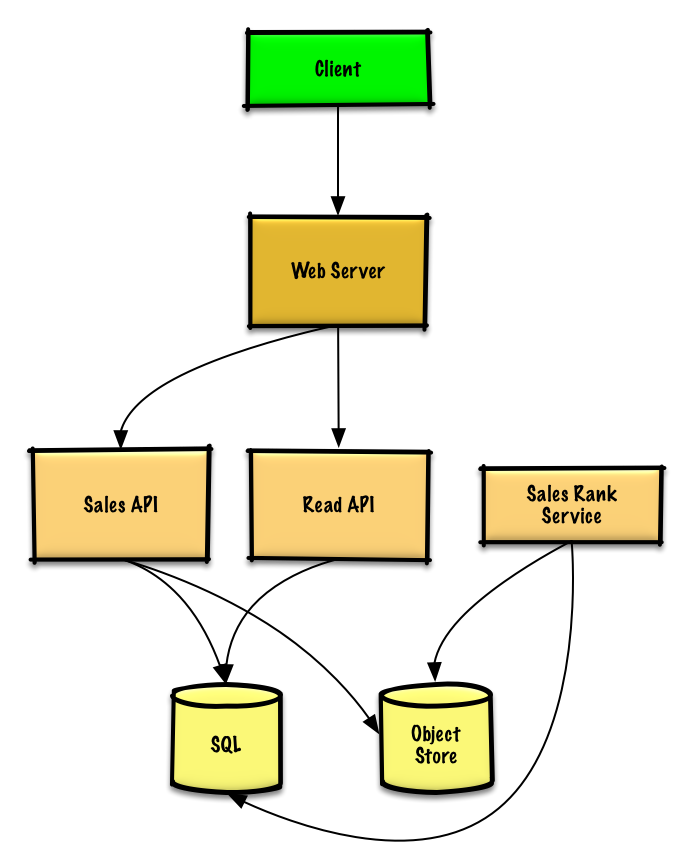
完成了系统轮廓的设计之后我们要进行细节的填充了
首先,既然服务要统计过去一周最受欢迎的商品的话,那他就一定要统计所有的订单的信息,我们可以使用sale api去存储处理好的日志,在Object Store而不是管理我们自己的文件系统
我们假设看到的日志如下
timestamp product_id category_id qty total_price seller_id buyer_id
t1 product1 category1 2 20.00 1 1
t2 product1 category2 2 20.00 2 2
t2 product1 category2 1 10.00 2 3
t3 product2 category1 3 7.00 3 4
t4 product3 category2 7 2.00 4 5
t5 product4 category1 1 5.00 5 6
...
Sales Rank service可以使用sale api打印的日志作为输入数据,然后内部使用mapreduce进行一个分布式日志的统计,最后得出sales_rank等信息存储在一个SQL数据库中
我们将使用一个多部的mapreduce
1.转换数据为 (category, product_id), sum(quantity)
2.进行一个分布式的排序
class SalesRanker(MRJob):
def within_past_week(self, timestamp):
"""Return True if timestamp is within past week, False otherwise."""
...
def mapper(self, _ line):
"""Parse each log line, extract and transform relevant lines. Emit key value pairs of the form: (category1, product1), 2 (category2, product1), 2 (category2, product1), 1 (category1, product2), 3 (category2, product3), 7 (category1, product4), 1 """
timestamp, product_id, category_id, quantity, total_price, seller_id, \
buyer_id = line.split('\t')
if self.within_past_week(timestamp):
yield (category_id, product_id), quantity
def reducer(self, key, value):
"""Sum values for each key. (category1, product1), 2 (category2, product1), 3 (category1, product2), 3 (category2, product3), 7 (category1, product4), 1 """
yield key, sum(values)
def mapper_sort(self, key, value):
"""Construct key to ensure proper sorting. Transform key and value to the form: (category1, 2), product1 (category2, 3), product1 (category1, 3), product2 (category2, 7), product3 (category1, 1), product4 The shuffle/sort step of MapReduce will then do a distributed sort on the keys, resulting in: (category1, 1), product4 (category1, 2), product1 (category1, 3), product2 (category2, 3), product1 (category2, 7), product3 """
category_id, product_id = key
quantity = value
yield (category_id, quantity), product_id
def reducer_identity(self, key, value):
yield key, value
def steps(self):
"""Run the map and reduce steps."""
return [
self.mr(mapper=self.mapper,
reducer=self.reducer),
self.mr(mapper=self.mapper_sort,
reducer=self.reducer_identity),
]
结果是下面的排好序的列表,我们可以将其存入sales_rank表
(category1, 1), product4
(category1, 2), product1
(category1, 3), product2
(category2, 3), product1
(category2, 7), product3
sales_rank表的解构大概如下
id int NOT NULL AUTO_INCREMENT
category_id int NOT NULL
total_sold int NOT NULL
product_id int NOT NULL
PRIMARY KEY(id)
FOREIGN KEY(category_id) REFERENCES Categories(id)
FOREIGN KEY(product_id) REFERENCES Products(id)
我们将在 id 、 category_id 和 product_id 上创建索引以加快查找速度(记录时间而不是扫描整个表)并将数据保存在内存中。
这样的话,当用户想要访问过去一周最受欢迎的产品(每一个类别里面)的时候
client发送请求到webserver,执行反向代理,
webserver直接请求read api,
read api读数据从sql数据库中
我们使用一个公共的rest api
$ curl https://amazon.com/api/v1/popular?category_id=1234
返回:
{
"id": "100",
"category_id": "1234",
"total_sold": "100000",
"product_id": "50",
},
{
"id": "53",
"category_id": "1234",
"total_sold": "90000",
"product_id": "200",
},
{
"id": "75",
"category_id": "1234",
"total_sold": "80000",
"product_id": "3",
},
接下来的话就是对现有的结构进行一个扩展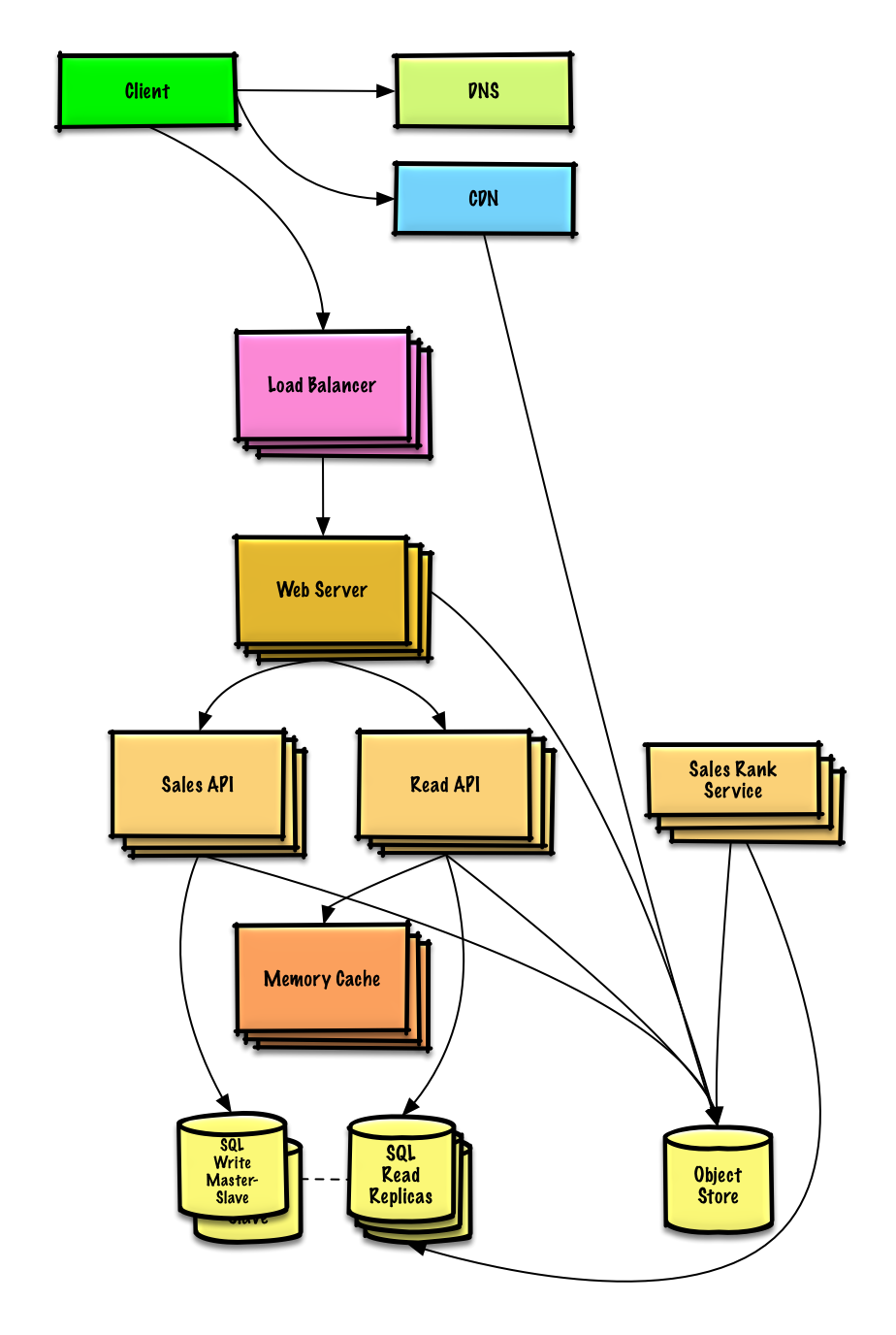
边栏推荐
- rtklib单点定位spp使用抗差估计遇到的问题及解决
- The earth revolves around the sun
- 一文搞定 UDP 和 TCP 高频面试题!
- Office prompts that your license is not genuine pop-up box solution
- 十分钟彻底掌握缓存击穿、缓存穿透、缓存雪崩
- wsl常用命令
- Fabrication d'un sac à dos simple fairygui
- FGUI工程打包发布&导入Unity&将UI显示出来的方式
- Rt-ppp test using rtknavi
- 3月15号 Go 1.18 正式版发布 了解最新特色以及使用方法
猜你喜欢
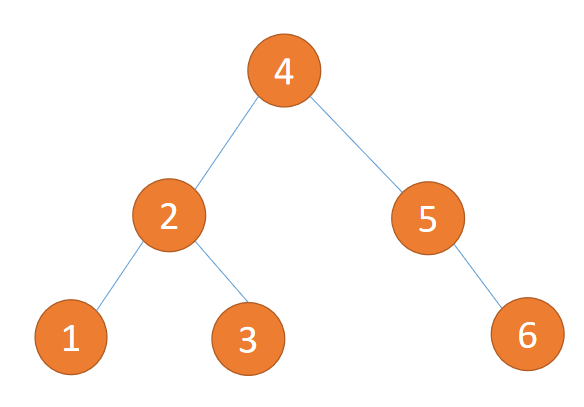
Detailed explanation of balanced binary tree is easy to understand
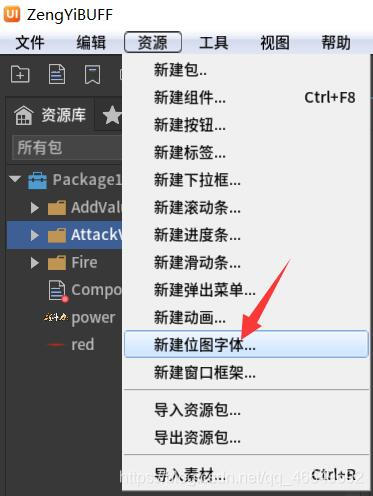
Affichage du changement de valeur du Buff de gain de l'interface graphique de défaillance

Mysql database reports an error: row size too large (> 8126) Changing some columns to TEXT or BLOB or using ROW_ FORMAT=DY

PR 2021 quick start tutorial, first understanding the Premiere Pro working interface

Record: the solution of MySQL denial of access when CMD starts for the first time
![[算法] 劍指offer2 golang 面試題2:二進制加法](/img/c2/6f6c3bd4d70252ba73addad6a3a9c1.png)
[算法] 劍指offer2 golang 面試題2:二進制加法

121 distributed interview questions and answers
![[算法] 剑指offer2 golang 面试题6:排序数组中的两个数字之和](/img/d5/4bda133498f71ae9fd7a64c6cba8f0.png)
[算法] 剑指offer2 golang 面试题6:排序数组中的两个数字之和
![[algorithm] sword finger offer2 golang interview question 8: the shortest subarray with a sum greater than or equal to K](/img/8c/1b6ba3b1830ad28176190170c98628.png)
[algorithm] sword finger offer2 golang interview question 8: the shortest subarray with a sum greater than or equal to K
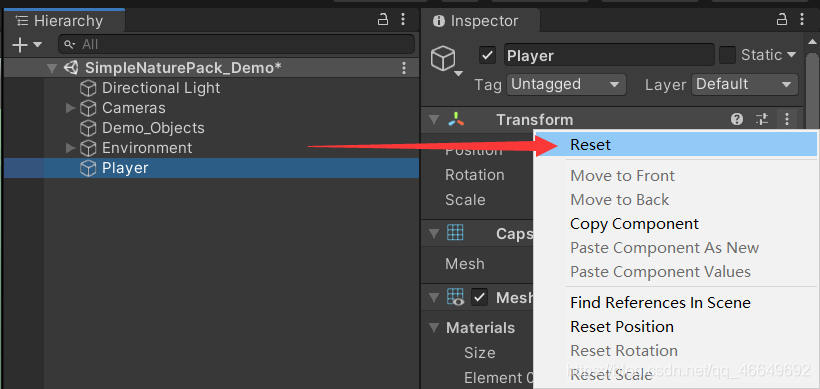
Role movement in the first person perspective
随机推荐
Prove the time complexity of heap sorting
[算法] 剑指offer2 golang 面试题4:只出现一次的数字
基本Dos命令
记录:newInstance()过时的代替方法
121 distributed interview questions and answers
[Chongqing Guangdong education] reference materials for regional analysis and planning of Pingdingshan University
【GNSS】抗差估计(稳健估计)原理及程序实现
最短Hamilton路径 (状压DP)
Exception: ioexception:stream closed
如何保障 MySQL 和 Redis 的数据一致性?
[algorithme] swordfinger offer2 golang question d'entrevue 2: addition binaire
第一人称视角的角色移动
Fundamentals of UD decomposition of KF UD decomposition [1]
Record: Navicat premium can't connect to MySQL for the first time
《软件测试》习题答案:第一章
阿里云一面:并发场景下的底层细节 - 伪共享问题
All in one 1405: sum and product of prime numbers
Itext 7 生成PDF总结
121道分布式面试题和答案
Music playback (toggle & playerprefs)